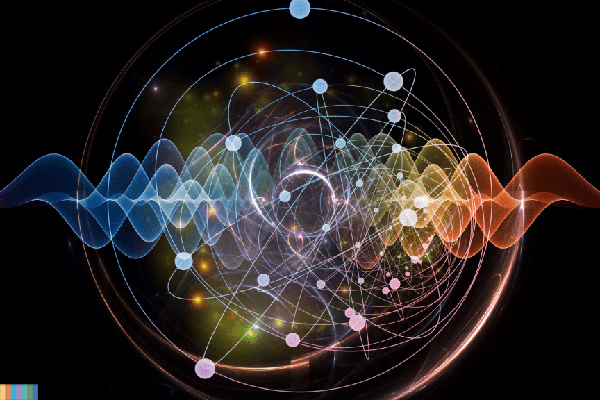Vacuum energy of non-supersymmetric S˜ heterotic string models

A team of researchers led by LIV.INNO student Luke Detraux at the University of Liverpool has made a significant breakthrough in string theory, a leading contender for a unified theory of physics. Their research, published in the journal Physical Review D, introduces a new class of string models that could potentially explain the universe without requiring supersymmetry.
Supersymmetry, a theoretical concept that posits a symmetry between particles of matter and those of force, has long been a cornerstone of string theory. However, its absence in experimental observations has led to a growing scepticism among physicists. The new models, known as non-supersymmetric S˜ heterotic string models, offer a promising alternative.
The researchers constructed these models using a technique known as the free fermionic formalism, which is constructed at the free fermionic point. They found that unlike previous supersymmetric string models, which always have a vanishing vacuum energy, these new models can have a finite non-zero potential energy. In fact, most of these models result in a positive vacuum energy, which agrees with the vacuum energy measured in experiments. This means that the universe could exist in a stable state without the need for supersymmetric particles.
-672x427.png)
Graph showing the vacuum energies of 84 S~ models that contain the Standard Mode. (Credit: Luke Detraux, Phys. Rev. D 110, 086006 CC BY 4.0)
Furthermore, the free fermionic point in these models is not necessarily a minimum of the potential energy landscape, and they show that the landscape around the free fermionic point can be explored without destabilising the potential. This suggests that there could be multiple possible stable or quasi-stable states for the universe, potentially explaining the existence of different cosmological phenomena.
The discovery of these new string models has significant implications for our understanding of the universe. If they prove to be correct, it could mean that supersymmetry is not a fundamental requirement for a unified theory of physics. This would open up new avenues of research and potentially lead to a more complete picture of the laws governing our universe.
While further research is needed to fully explore the implications of these new models, their existence provides a tantalising glimpse into the possibilities of string theory and the mysteries of the cosmos.
Further information:
'Vacuum energy of nonsupersymmetric S˜ heterotic string models'
Luke A. Detraux, Alonzo R. Diaz Avalos, Alon E. Faraggi, and Benjamin Percival
Phys. Rev. D 110, 086006 – Published 4 October 2024 https://doi.org/10.1103/PhysRevD.110.086006